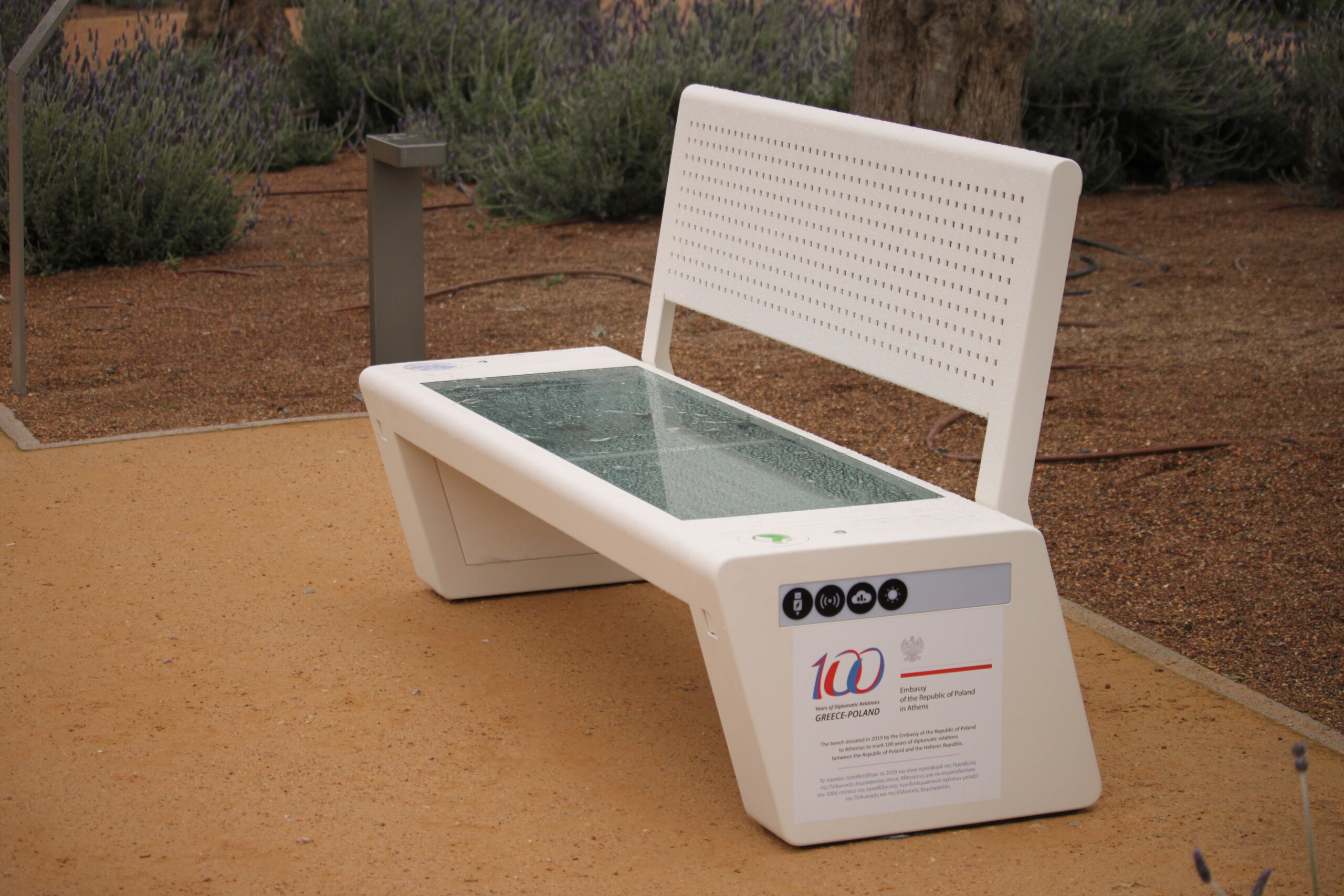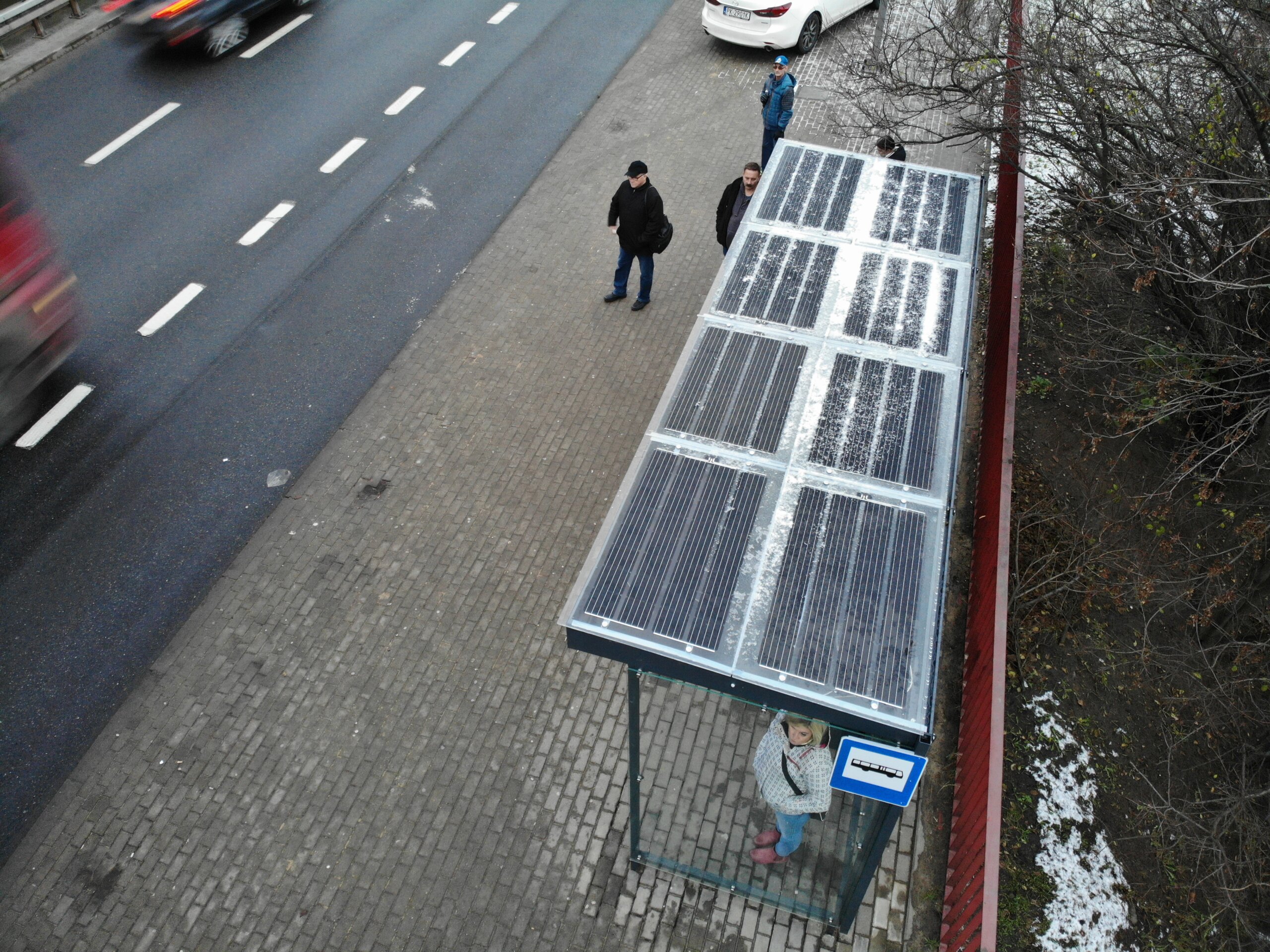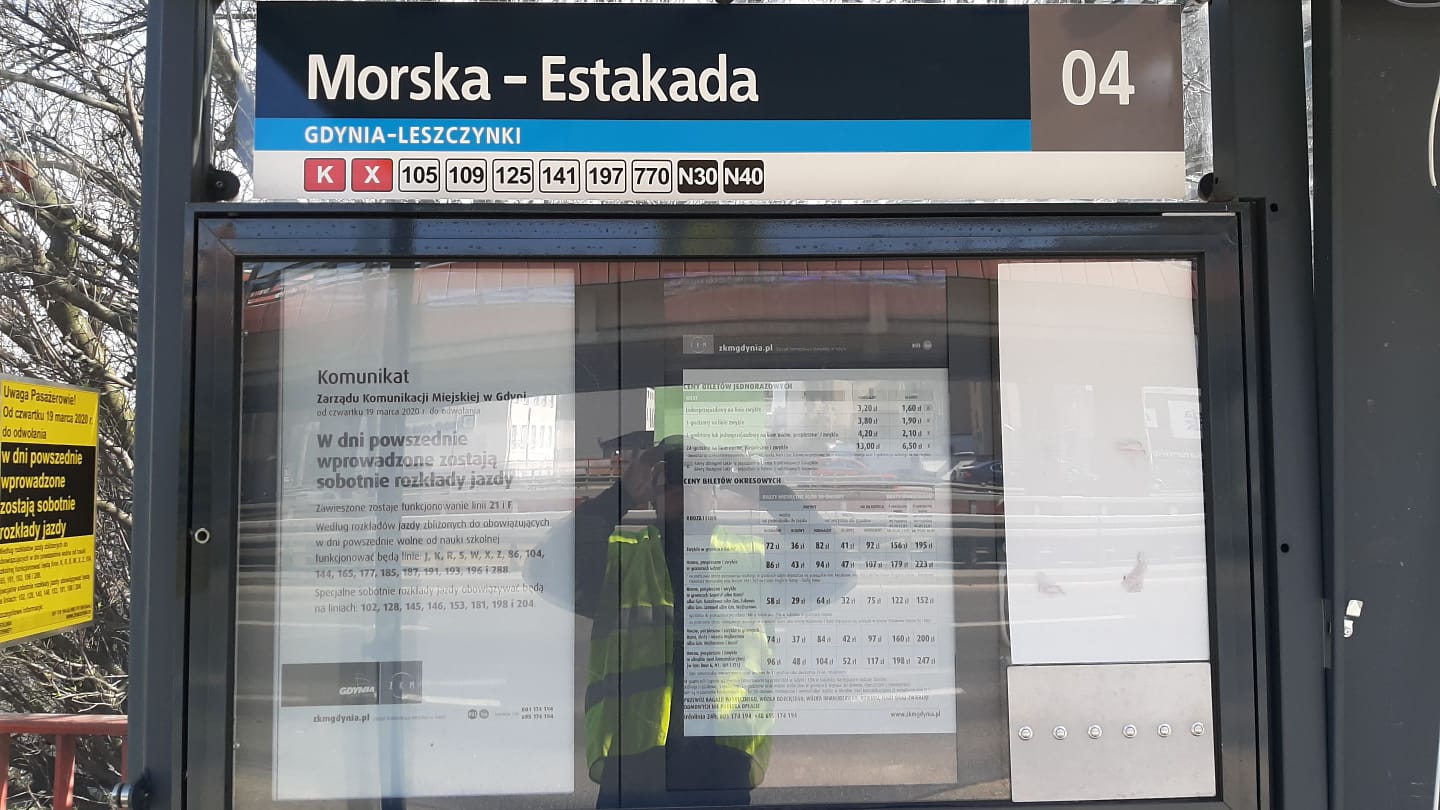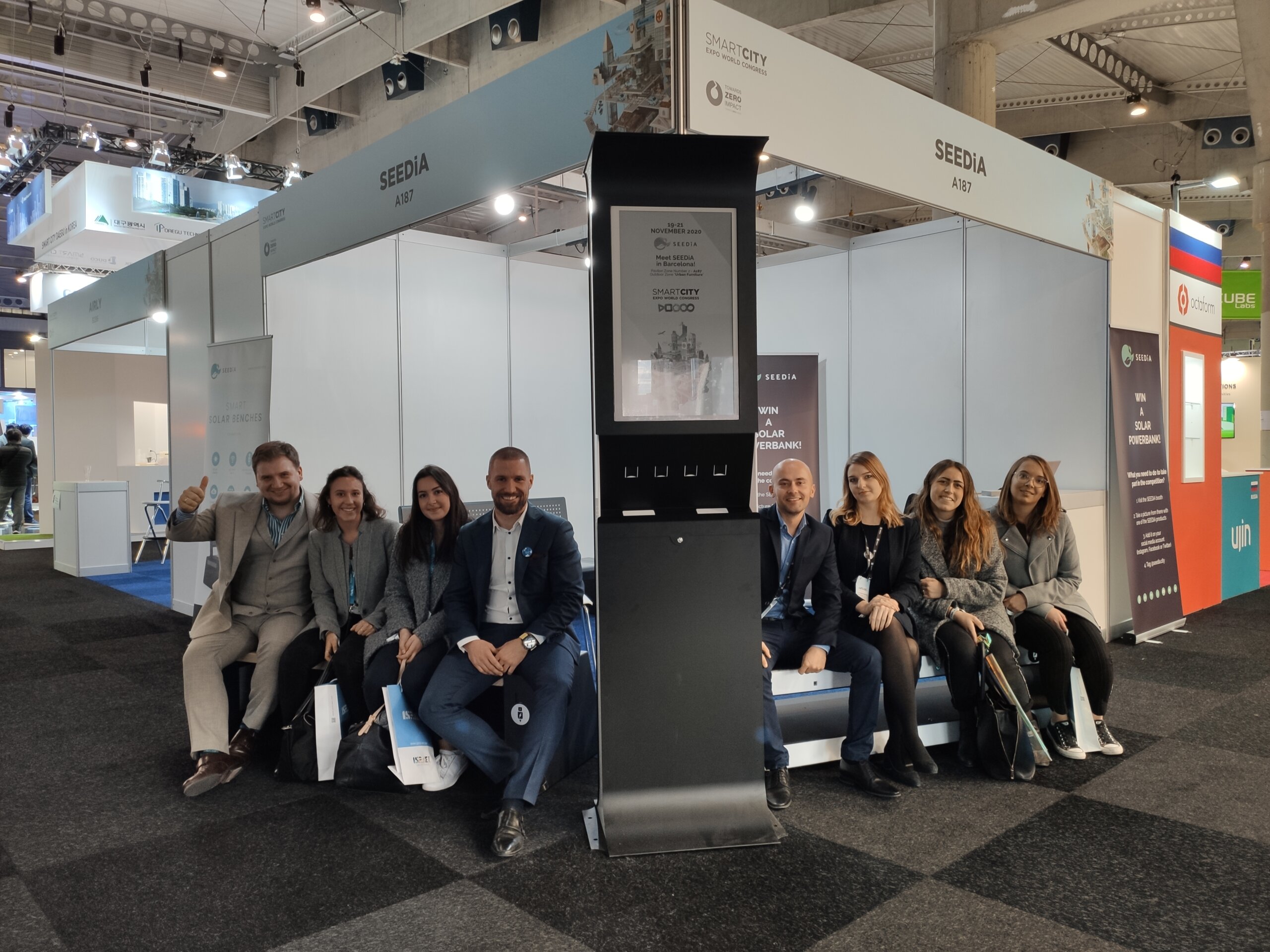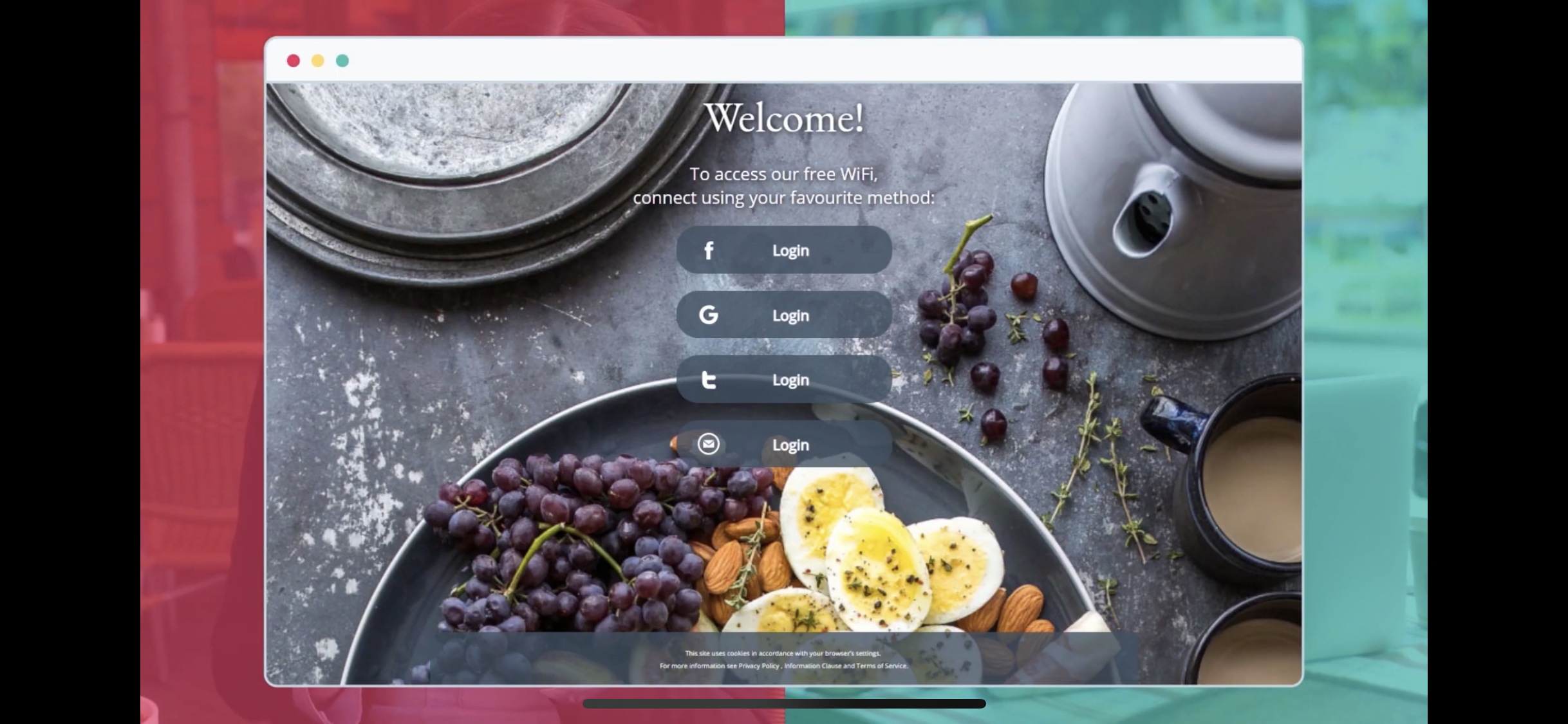For several months there has been a pandemic in the world caused by the COVID-19 virus. Pandemic is a huge challenge for businesses that cut costs, restructure, fight for survival, but it is also a huge challenge for cities.
Cities are closing in, people must be at home. Public space will be poorer, public transport must be managed in a way that has not even been considered before. The key is to reach as many residents as possible with information about the problem, preventive measures, but also to automate urban processes so as not to expose city workers to risk.
What can cities do to increase access to information for residents? We reviewed the opportunities that cities can take advantage of in these difficult times:
Omnipresent voice messages informing about the current situation and dangers, as well as educating about prevention. It is important that the messages are heard in many places and that they are loud and legible. An equally important element is the ability to remotely change voice messages, so that officials will not have to physically reach the speakers and broadcasting devices.
The possibility of quick installation of the system is provided by products such as solar benches or solar info kiosks, which are equipped with a solar power supply and a battery, as well as an audio system with the option of remote data transfer, allowing to keep residents informed. Installations of this type are already working e.g. in Athens, where they play Chopin’s music.
It is also very important that all available visual information carriers also present information on threats and provide knowledge about prevention. Equally important is remote management, as well as the possibility of non-contact operation and high readability.
The City Transport Board in Gdynia copes very well with quick content updates for residents, which uses e-paper displays in solar bus shelters for current changes of posters and timetables so that residents have current information on changes in public transport.
Thanks to the remote change of content in products such as bus shelters or city kiosks, the operator manages safely from the office, without the need to expose to the risk of getting to the stops. At the same time, the solar power supply ensures quick and non-invasive installation, without additional connections.
Personalized WiFi content
Information on threats should appear as much as possible everywhere. One of the interesting information tools is intelligent wifi, which in public space, apart from providing free internet access, can also act as a platform for dialogue with residents.
A tool such as www.socialwifi.com allows using the management panel to personalize the login page and this is where messages about current problems and challenges awaiting residents should be placed. Appropriate use of Hot-Spots will allow information to reach more residents
Information about the virus and prevention should also appear in all quality applications and city guides. It is important that current risk information is displayed there.
As a result, every resident who has previously used mobile applications, especially those needed in public space – will get information about threats and behaviors that will protect him.


